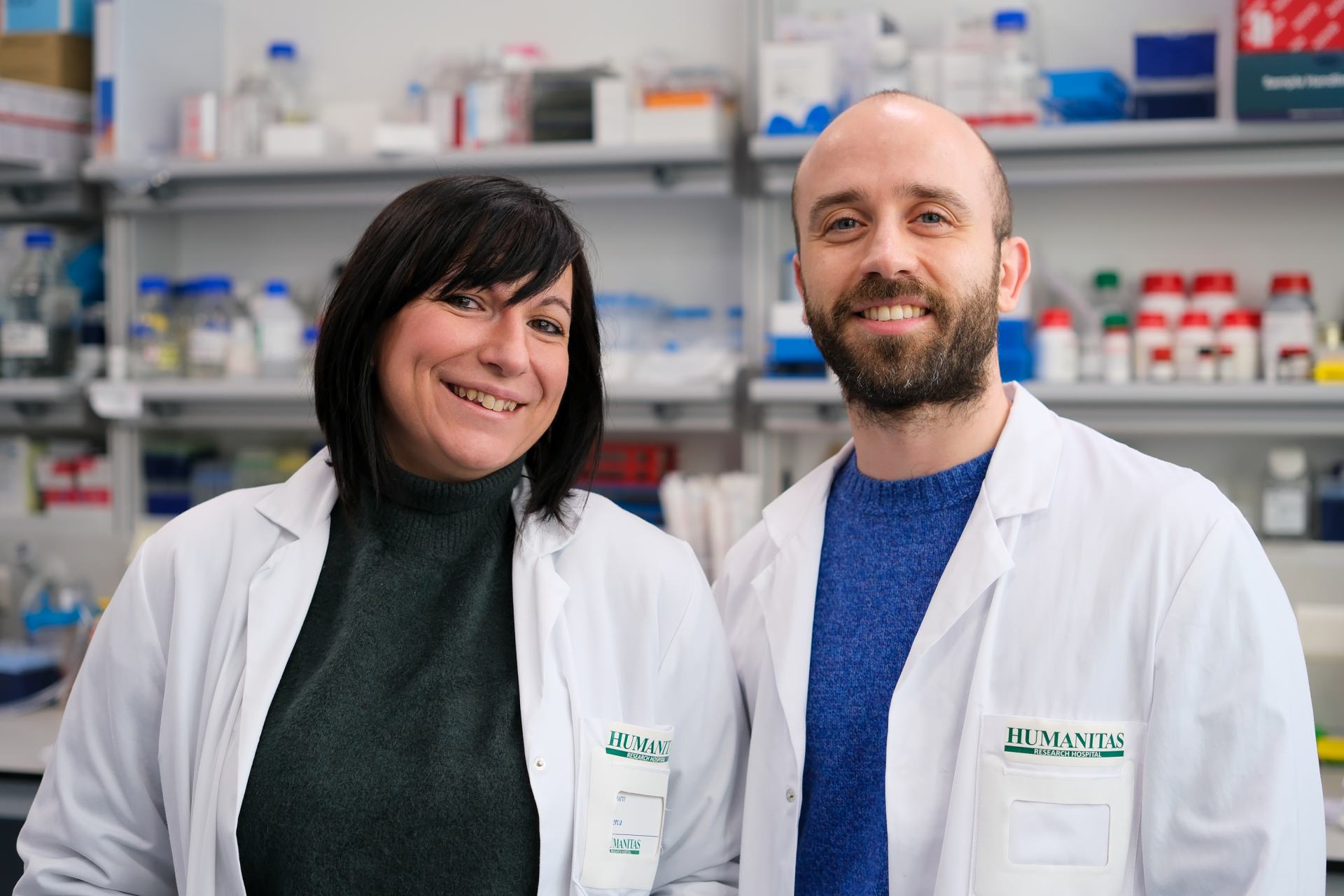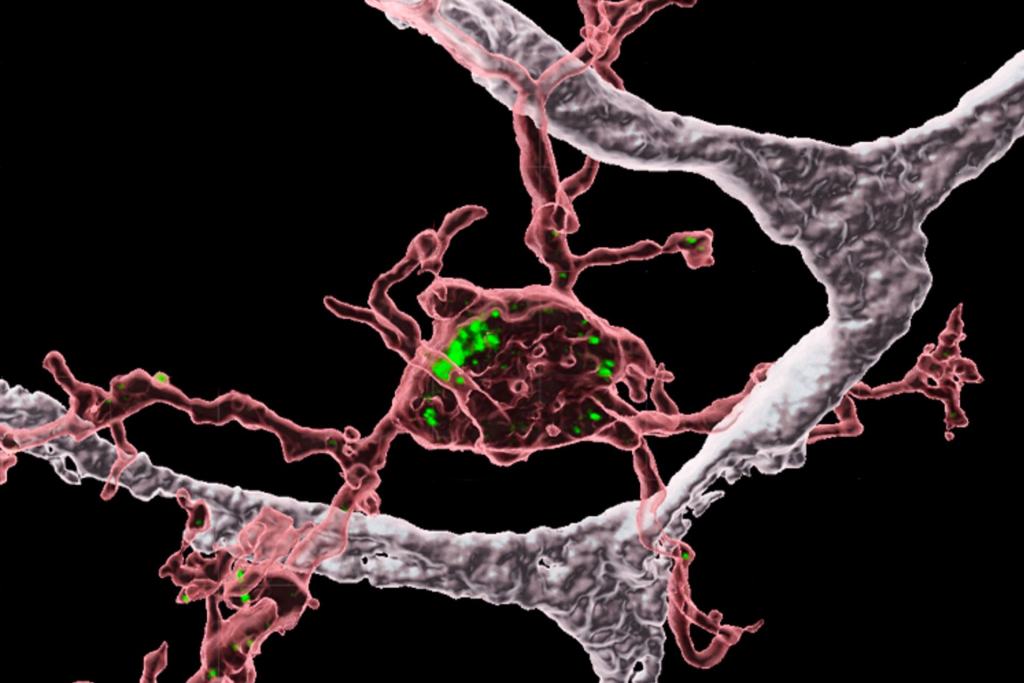Sex differences in Alzheimer’s: investigating the interaction between the vascular and immune systems

With the support of Airalzh, Marco Rasile of Humanitas University will investigate a new potential mechanism underlying the disease: the interaction between blood vessels and the immune system in the brain. The project aims to explain the different impact of Alzheimer’s in men and women.
Marco Rasile, researcher and Assistant Professor at Humanitas University, has been awarded one of the six grants from the Airalzh Grants for Young Researchers 2024 call, aimed at improving our ability to predict, diagnose, and successfully treat Alzheimer’s disease—one of the major healthcare challenges of the new millennium.
The project, which Marco Rasile will carry out together with Erica Tagliatti — a researcher in the lab of Professor Michela Matteoli, Director of the Neuroscience Program at Humanitas, and co-PI of the study — is called TREASURE. It addresses one of the most pressing challenges in Alzheimer’s research: understanding why women account for two-thirds of all patients with the disease. The researchers will focus in particular on the interaction between blood vessels and brain immune cells (microglia), an innovative and promising approach.
“Microglia, the most abundant immune cells in the brain, dynamically interact with blood vessels and play a crucial role in clearing the brain of beta-amyloid plaques, a protein that accumulates and contributes to the onset of Alzheimer’s. Preliminary studies from our research group show that these interactions occur differently in males and females—a promising clue, given the different susceptibility to the disease between sexes,” says Marco Rasile.
“Considering sex differences in Alzheimer’s research is not only relevant for women—given the different impact of the disease on them—but could help us identify the underlying mechanisms of neurodegeneration, which are still largely unknown.”

An innovative project to understand the role of microglia in Alzheimer’s
Alzheimer’s is a neurodegenerative disease and the leading cause of dementia, disproportionately affecting women, who make up about two-thirds of patients. Globally, more than 55 million people live with dementia—a number expected to triple by 2050, surpassing 150 million cases.
The TREASURE project aims to investigate the role of microglia—brain immune system cells—in regulating the interactions between the vascular system and the brain in the presence of the disease. “A key element of our research is the TREM2 receptor, a protein expressed on the surface of microglia, which appears to play a crucial role in the brain’s ability to eliminate beta-amyloid plaques—one of the hallmarks of Alzheimer’s. Preliminary studies have shown that differences in TREM2 expression between men and women may influence the risk of developing the disease,” explains Erica Tagliatti.
The project also aims to explore how known Alzheimer’s risk factors—aging, inflammation, and sleep disorders—affect TREM2 and the microglia-vascular cell interaction. It seeks to identify new therapeutic targets to modulate this interaction using advanced chemogenetics and 3D imaging approaches.
The support of Airalzh Onlus: a step forward in the fight against Alzheimer’s
The AGYR 2024 grant, promoted by Airalzh Onlus, is an important recognition for young researchers under 40 working on early diagnosis, prevention, and pathological mechanisms of Alzheimer’s. Since 2020, Airalzh has invested €1.5 million in 32 research projects, contributing to advances in the understanding of one of the most urgent medical challenges of our time. With studies like Dr. Rasile’s, new opportunities are emerging to develop strategies for better understanding the disease and identifying personalized therapeutic approaches based on biological differences between men and women.